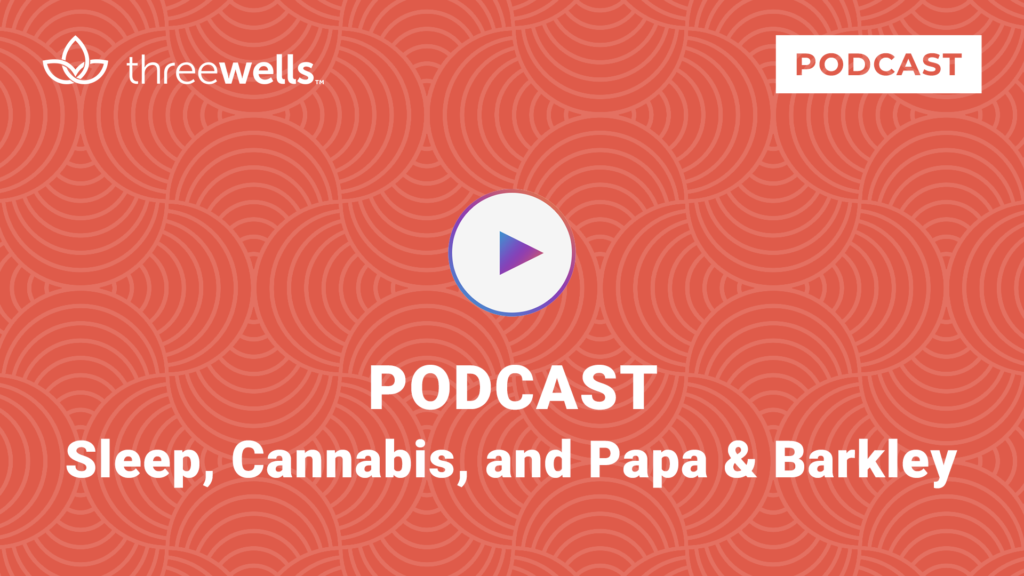Read Time: 4:30 Mins.
A 20-year review of over 5,000 adults from 1985-2006 was analyzed for risk to the lungs of smokers versus non-smokers. The researchers found that risk did not “possibly” develop until heavy smoking occurred, but low levels of smoking did not increase risk. They suggest that seven “joint-years” of lifetime use (the equivalent of one marijuana joint per day for 7 years, or one joint per week for 49 years) is not harmful to lung function. In fact, the act of breathing out with a larger than normal breath using low levels of marijuana was slightly beneficial. Does this mean that it’s okay for people to smoke up to seven joint-years of marijuana? Absolutely not. Lung function is an individualized process. Some people have weak lungs and shouldn’t smoke at all. Some people may have stronger lungs and do regular aerobic exercise, so they can withstand more lung “stress.” But is it smart to stress your immune system even if you can get away with it? Maybe your lungs and breathing won’t suffer from low levels of smoking, but your autoimmune health might. So, if you must smoke, do it with the least risk – in moderation.
How to Reduce Risk When Smoking Marijuana
Switching to a vaporizer is certainly an option although it’s a topic for another discussion. But if you’re going to smoke, here are some things to consider in descending order of effectiveness:
1. Add a concentrate to your flower so one puff will medicate you. Really, one puff 4x/day still only amounts to 2 joints/week, or better yet, put your flower in a pipe.
2. Use a water-pipe or a “bubbler” pipe to minimize the hydrocarbon levels.
3. If you smoke joints, don’t smoke them down to the end. Also, consider adding a filter to your joint.
4. Try to keep your smoking to the equivalent of one joint per day, preferably less.
Why is Smoking Marijuana So Popular and Why is Vaping Different?
The most common reason people smoke marijuana is that it’s what they are used to doing, and they may enjoy the smoking experience. There is an immediate effect that they don’t feel when vaporizing. We know that it takes at least five to ten minutes for our lungs to absorb the chemicals into our bloodstream, so vaporizing and smoking should be the same, right? But they’re not. First of all, you feel the smoke in your throat and lungs, whereas you may not immediately register anything from vaping. Smoking sends a direct signal to your brain that marijuana is in your body! Your brain then anticipates the intended effects which are on the way, whether it’s mind or body effects. You then begin to feel them. This is similar to the placebo response, which can account for anywhere from 15 – 60 percent of the effects that you feel. In essence, your brain tells you that potent marijuana is on its way.
When you smoke, there is an immediate inhalation of contents from the burning of marijuana into your nose, notably the terpenes. These are potent chemicals whose action can take only seconds to diffuse into your bloodstream and reach your cells. It could be that smoking is the method that delivers terpenes fastest to our brain. And speaking of terpenes, burning the full-flower is the primary way to retain all of the parts of the plant, including the what terpenes that particular strain is made of. Unlike natural flower, with ANY processed marijuana product, there is a possibility that the highly volatile terpenes have been lost in a heating process, especially in the preparation of oil extracts for vaping. If you want to use a specific strain, smoking is the most likely method you can use to get the full effect. The only other way to achieve this is by using a vaporizer that takes full flower.
Finally, people who grow their own plants or get raw flower from a friend often find that smoking is the least expensive and simplest way to consume their marijuana. No preparation or equipment investment is necessary. Again, vaporizing is an alternative way to use whole flower, but these specialized vaporizers can be costly as they need to burn the flower in the heating chamber. The availability and diversity of processed marijuana products can vary among dispensaries, so until there is widespread access to marijuana products that retain all of the plant characteristics, smoking is likely to remain popular. So, minimize your risks; smoke less and with greater attention to health safety.
Dr. Deborah Malka is an Integrative Medicine Physician and a Cannabis Clinical Specialist who is available for consultation. For more information, she can be reached at 831-359-7679.
References
Ribeiro LI, Ind PW. 2016. Effect of cannabis smoking on lung function and respiratory symptoms: a structured literature review. NPJ Prim Care Respir Med. 26:16071
Tashkin DP. 2013. Effects of marijuana smoking on the lung. Annals ATS. 10(3):239-247.
Pletcher MJ, et al. 2012. Association between marijuana exposure and pulmonary function over 20 years. JAMA. 307(2):173-181.



